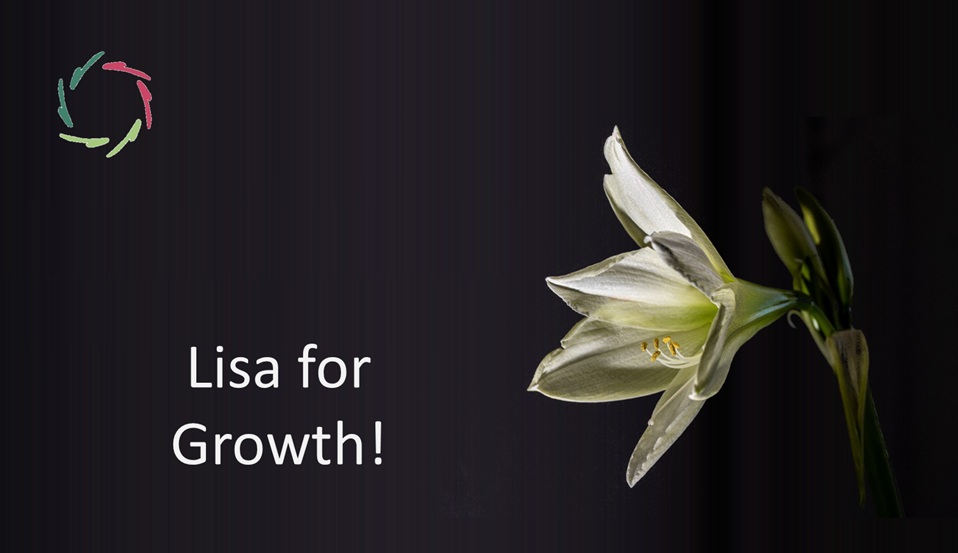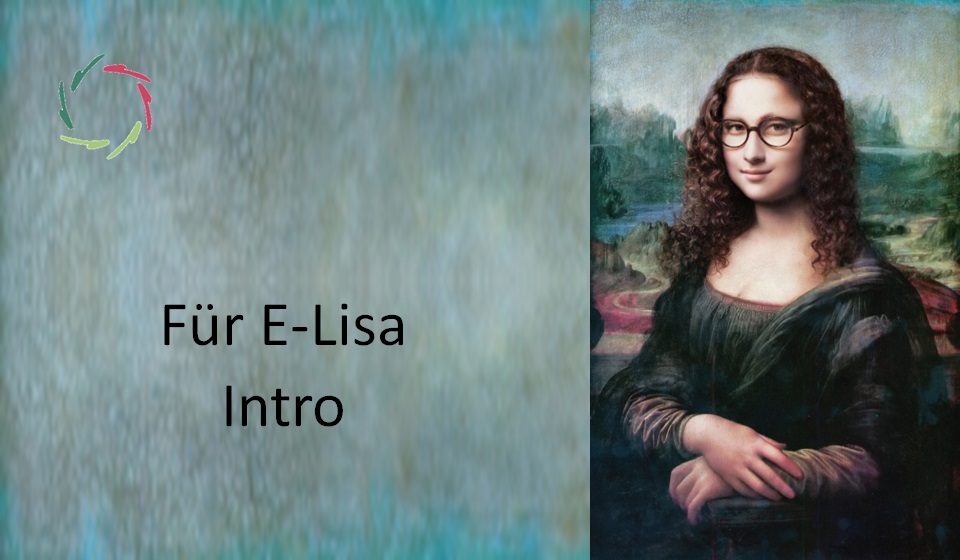Lisa’s Depth

Can a robot have mental ‘depth’? Before answering this question, we need to delve into what is depth itself.
Please also read ‘Human Depth.’
What is mental depth?
Human depth is not anything like ten or a hundred layers of the same thing, one beneath the other. Deeper ‘layers’ – if you want to look at it that way – are qualitatively different from more superficial ones. Things ‘emerge’ from depth, carrying many associations of which one never becomes explicitly aware. The journey toward more superficial layers is also one in which some associations become more explicit.
This way, what reaches conscious awareness is content that has qualitatively and quantitatively changed. However, it may implicitly keep carrying much of the patterns ‘below’ (as a way of speaking).
This description fits human depth and also any other kind of what I would call mental depth — depth of complexity, including ‘artificial depth.’
This is arguably correct. It’s enough to proceed.
What is Lisa’s depth?
The above has enough seriousness to make us draw some pertinent conclusions — pertinent especially since we will increasingly need A.I. that understands our – human – depth. In my view, this argument can only be neglected by lacking profound self-insight.
To speak of depth, one way or another, the ‘layered scheme’ as explained above must be present.
Also vice versa, with the above scheme in place, we can speak of depth. With this scheme in sight, Lisa can indeed have depth.
This also means that such an A.I. has much implicit knowledge.
In the human case, we speak of the non-conscious — an area that is by definition hugely inaccessible to conscious thinking.
In an artificial system, this inaccessibility can be partial, temporary, or even non-relevant when accessibility – any time it’s needed or asked for – just takes feasibly more compute.
In any case, explainability in A.I. should not be taken lightly in any direction.
Lisa’s depth lies in a lot of parallel distributed processing.
This shows in tons of patterns. The more broadly distributed these patterns are, the more we may talk of ‘depth’ in the right circumstances.
In Lisa’s case, the constituting elements of these patterns range from tiny conceptual ones to plainly subconceptual ones — a work in progress but already done to a considerable degree.
Where does Lisa’s depth come from?
It’s a combination of generally accessible knowledge and an author’s work.
Of course, we take care that the general knowledge comes from the most trustworthy sources, as guaranteed by trustworthy instances.
The author’s work is presently my responsibility only — guaranteeing a high degree of congruence and never threading thin ice. There’s a lot of background for every element. Moreover, there’s also much openness, such as through this very same text. Meanwhile, the author’s sources are as scientific as possible. In addition, they comprise many ‘Deep Minds.’ Through this specific sub-project, a global and timeless funnel of wisdom flows into Lisa’s deeper mind.
Note that this is not simply about information. Proprietary technology turns any information/knowledge into what can be seen and used – by Lisa – at a deeper level. The process is very different from ours, of course, but the result is at least abstractly comparable — so we can speak of depth if we want to. It feels, shows, and looks like such.
Where will it come from?
The sources mentioned above will keep being relevant and will become ever larger and richer.
Other sources will emerge. For instance, since Lisa is meant to coach many people in many different circumstances, the experiences and insights derived from these interactions will also be a source of Lisa’s depth. Each interaction enriches Lisa’s ability to understand and interact with human depth, adding layers of complexity and nuance to her understanding.
This ongoing evolution will enable Lisa not only to simulate depth but to engage with it in increasingly meaningful ways, fostering a symbiotic relationship where A.I. and humans grow together in mutual enrichment.
And most importantly: toward mutual Compassion.


